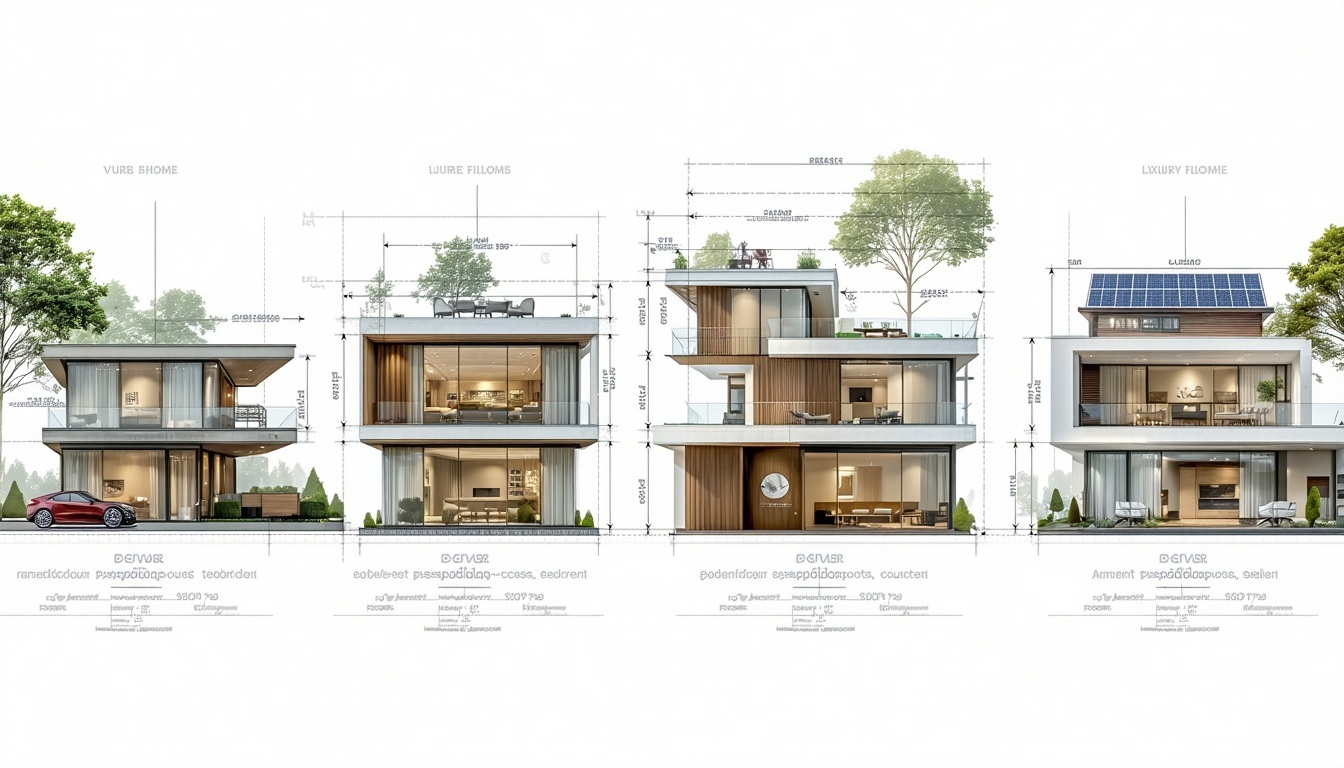A VURB (Verification Using a Reference Building) assessment offers unparalleled flexibility and compliance advantages for unique and complex construction projects. Discover five types of projects where a VURB assessment is not just beneficial but essential.
Projects with Non-Standard Glazing
Non-standard glazing, such as large glass facades or unique window shapes, can pose significant challenges in meeting the Deemed-to-Satisfy (DTS) provisions of the National Construction Code (NCC). A VURB assessment allows for a more flexible approach by comparing the energy performance of your project against a reference building, ensuring compliance without compromising the innovative design.
With a VURB assessment, projects featuring extensive glazing can achieve compliance by demonstrating that the overall energy performance meets or exceeds that of a similar reference building. This method provides a realistic and practical approach to compliance, accommodating the unique characteristics of non-standard glazing.
Innovative Material Usage
Utilising innovative materials such as cutting-edge insulation products, advanced building wraps, or phase change materials can significantly enhance a building's performance but may not fit neatly into the prescriptive DTS requirements. A VURB assessment offers the flexibility to validate the energy efficiency of these materials in a holistic manner.
By using a reference building approach, a VURB assessment can demonstrate that your project, with its innovative materials, performs on par with or better than a standard building. This ensures compliance while allowing for the incorporation of new technologies and materials that push the boundaries of sustainable construction.
Complex Architectural Layouts
Architectural designs with complex layouts, such as multi-level homes, intricate roof designs, or unconventional building shapes, often face challenges in meeting DTS provisions. These designs may have unique energy performance characteristics that are not adequately addressed by standard compliance methods.
A VURB assessment provides a tailored approach to compliance for complex architectural layouts by comparing the energy performance of the project to a reference building. This ensures that even the most intricate designs can achieve compliance while maintaining their architectural intent.
Developments on Challenging Sites
Sites with challenging conditions, such as steep slopes, limited solar access, or exposure to extreme weather, can complicate compliance with DTS provisions. A VURB assessment allows for a more comprehensive evaluation of the project's energy performance in the context of its specific site conditions.
By using a reference building approach, a VURB assessment can account for the unique challenges of a site and demonstrate that the project meets or exceeds compliance standards. This flexibility is critical for developments on challenging sites, ensuring that they achieve the required energy performance without unnecessary design compromises.
High-Performance Sustainable Buildings
High-performance sustainable buildings, aiming for certifications such as Green Star or Passive House, often incorporate advanced energy efficiency measures that exceed standard requirements. These projects benefit significantly from the flexibility of a VURB assessment.
A VURB assessment can validate the superior energy performance of sustainable buildings by comparing them to a reference building. This approach ensures that all innovative and sustainable features are recognised and contribute to compliance, supporting the goal of creating buildings that are not only compliant but also exemplify best practices in sustainability.







